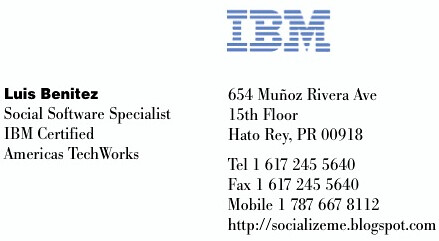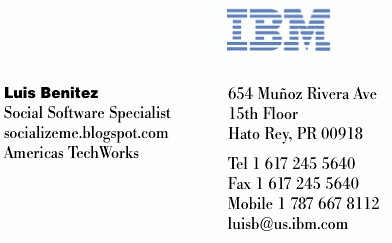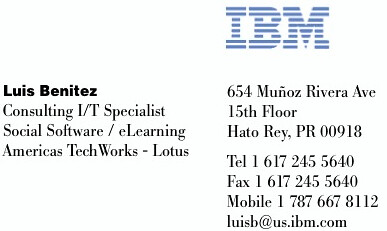If you are following me on Twitter, you know that I just spent a whole week in Chicago presenting on Lotus Connections and social software. It was a great chance to see some of my fellow co-workers and finally meet in person those that I've met through my blog. Before I got going, I thought it would be a good experiment to see how many of the 80 people knew me (I would say that I knew about 10-15). Since there's a general user trend that not a lot of people comment on blogs, I figured some people may know me through my blog, but never took the extra step to comment.
Social Software works
To my surprise, when I asked the audience who knew me, about 90% of the audience raised their hands way up high! I was in shock! It kinda put more pressure on me. "This people know me, but I don't know them. I hope I don't let them down", I thought. I continued the experiment by asking who knew me through my blog and who knew me as the IBM community leader for the Lotus Social Software community. The results? Most people knew me through my blog.
I had the spotlight for 1.5 days and the idea was not only to train our resources on Lotus Connections, but to also give them the skills to:
- Install and configure Lotus Connections against a customer's LDAP
- Deploy Google Gadgets to the Lotus Connections Home page
- Configure Blogs
- Configure Profiles (reorder fields, change fields to editable, add fields, reorder widgets, etc)
- Brand Lotus Connections (modify the header, footer, and changing the logo)
Additionally, I talked about REST, the Lotus Connections Atom APIs, and integration options, mostly using the content from this blog entry. Of course, I talked about the person card and how easy it is to add to existing applications.
Talk about immediate value add
Once I finished my session, I was approached by Erasmus, one of the session attendees. He wanted me to see something that he had done based on the presentation that I had just given. What I saw was simply amazing! You see, Erasmus is one of our experts with HATS (Host Access Transformation Services). At this point, all you need to know is that HATS is a framework that IBM provides so that organizations can web-ify Mainframe (i.e. green screen) applications.
So, what had he done? He added the Lotus Connections Profiles' Person Card to a sample mainframe application! "Whoa!!", I thought, since I was speechless. This scenario had never occurred to me. I mean, green screen applications are probably the most anti-social applications ever! And now, because the Profiles component of Lotus Connections provides this person card service that can pretty much be integrated into anything, we socialized a mainframe application.
And it gets better! Since the person card has instant messaging awareness embedded into it, we basically integrated Instant Messaging and a mainframe application!
And it gets better! Since the person card can provide links to Quickr and Sharepoint, we basically integrated Quickr/Sharepoint with a mainframe application!
When I was finally able to speak again, I asked him how long it had taken him to do this. He replied: "Oh, not even 5 minutes".
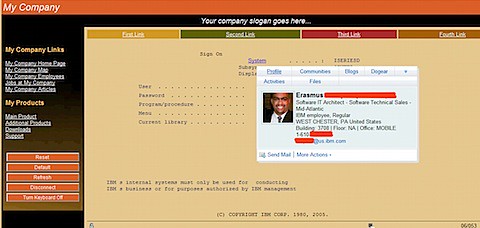
Now that's very cool. I never thought mainframe applications would go social! Isn't SOA beautiful?? Erasmus will be presenting at the upcoming Portal Technical Conference, so stay tuned for details!
 This week I'm in Chicago enabling fellow co-workers on
This week I'm in Chicago enabling fellow co-workers on 
 Since "some people" claim that your feed reader is your new inbox, I figured I could have two "inboxes" just like I have a business email and personal email. Therefore, I decided to divide the feeds between business critical and other. Business critical feeds are those that meet the majority of the following criteria:
Since "some people" claim that your feed reader is your new inbox, I figured I could have two "inboxes" just like I have a business email and personal email. Therefore, I decided to divide the feeds between business critical and other. Business critical feeds are those that meet the majority of the following criteria: VS.
VS. 
 ).
).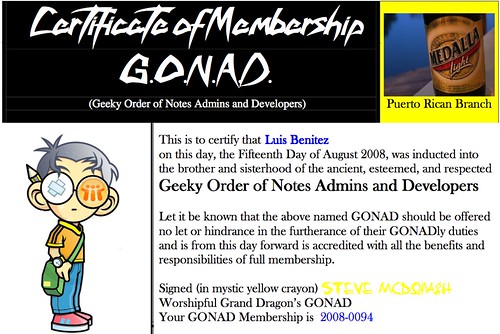



 In this month's issue of
In this month's issue of  I've been wondering about this topic for a while now. And as I keep blogging, the more convinced I am that social software is replacing eLearning. When I joined IBM 6+ years ago, I came in as a software developer for the
I've been wondering about this topic for a while now. And as I keep blogging, the more convinced I am that social software is replacing eLearning. When I joined IBM 6+ years ago, I came in as a software developer for the  As my blog gained popularity, the
As my blog gained popularity, the 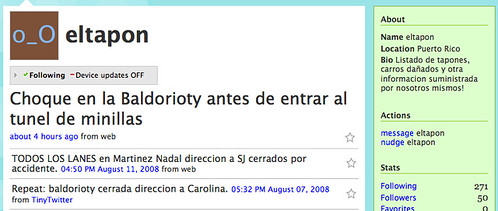 Last week, a fellow Twitterer,
Last week, a fellow Twitterer,  Surprisingly, perhaps, is the fact that there's more interest in Lotus Connections in India than in the US. Does that mean that India is more open to social software ?
Surprisingly, perhaps, is the fact that there's more interest in Lotus Connections in India than in the US. Does that mean that India is more open to social software ?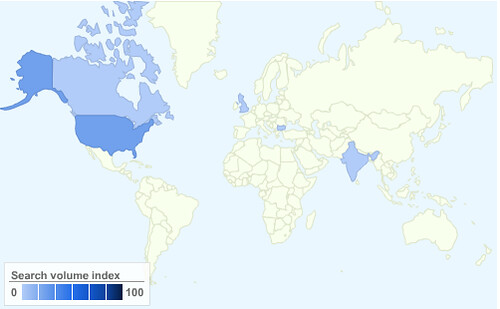
 I have to say that the power of SOA applications is simply, endless. As part of the
I have to say that the power of SOA applications is simply, endless. As part of the  Now, some universities are also
Now, some universities are also  What's new is all these new social software that's out there. It helps us network faster, easier, and more conveniently. It even helps shy people who would otherwise be overwhelmed with the fact of going out, meeting new people, and collaborating with them.
What's new is all these new social software that's out there. It helps us network faster, easier, and more conveniently. It even helps shy people who would otherwise be overwhelmed with the fact of going out, meeting new people, and collaborating with them. Para mi sorpresa,
Para mi sorpresa, 

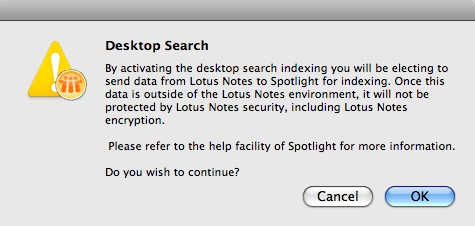


 Based on
Based on 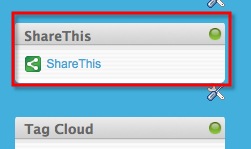 I also wanted to call your attention to a new feature in my blog. I wanted to make it easy for users to share blog entries with their friends. I also wanted to keep things simple. I've seen some blogs where all the icons for sharing a blog take about 10-30% of the screen!! I reached out to my network in
I also wanted to call your attention to a new feature in my blog. I wanted to make it easy for users to share blog entries with their friends. I also wanted to keep things simple. I've seen some blogs where all the icons for sharing a blog take about 10-30% of the screen!! I reached out to my network in 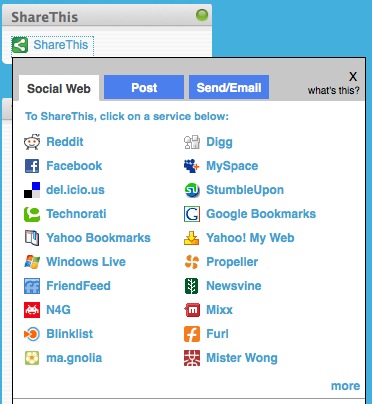
 Last week, I received the sad news that the social software PoC (Proof-of-Concept)
Last week, I received the sad news that the social software PoC (Proof-of-Concept)  So let me throw out some recommended practices for a social software PoC (Mike Stopforth
So let me throw out some recommended practices for a social software PoC (Mike Stopforth 